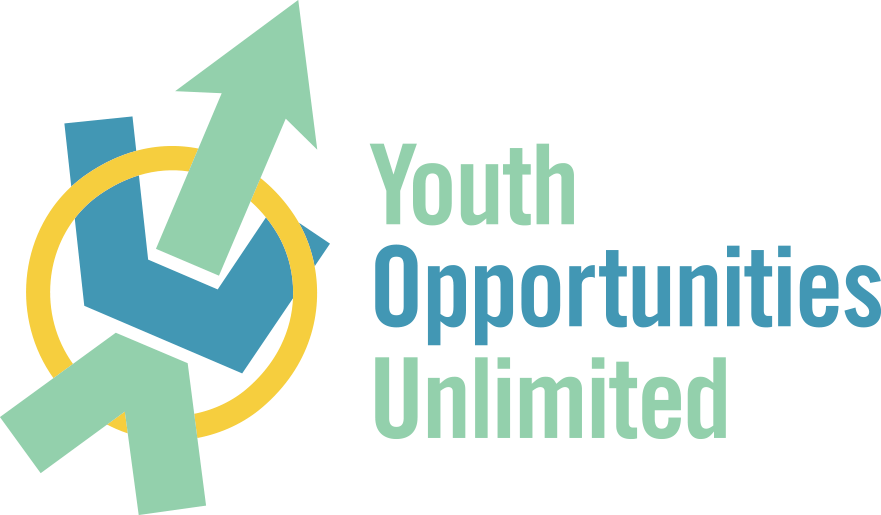Wrapping Up the Rain Barrel 2021 Program
Thank you to Patti D., Sustainability Coordinator at Sustainable Cleveland for writing this post.
The 2021 rain barrel team consisted of five youth workers and one young adult supervisor, with Sustainability Coordinator Patti Donnellan managing the operations. This summer, 250 rain barrels were constructed and distributed across the city in partnership with the Cleveland Public Library system and several CDCs acting as host sites. The summer program allows Cleveland youth to gain work experience, ranging from construction and tool use to public education and outreach. Most of the team had never used power tools before, but they took to it very quickly, and in no time, were turning blank barrels into ready-to-install rain barrels at Estabrook Recreation Center in Old Brooklyn, the team’s home base location for 2021.
Funding is generously provided by NEORSD for the rain barrel program, as well as three City of Cleveland rain gardens, and an urban forestry component of the summer program. Local companies are utilized for the rain barrel program supplies: Container Compliance for the barrels, Oatey Corp. for the diverter kits, and all other supplies (spigots, hose barbs, etc.) are purchased through Sutton Hardware. Barrels are constructed each summer according to how many barrels are scheduled for workshops across the city, meaning there is no warehouse of constructed rain barrels waiting for homes.
So, why do we have these rain barrel giveaways?
Throughout the country, there is a combination of aging wastewater transport infrastructure and a public notion that stormwater runoff is not a pressing environmental and public health concern. As a result, many urban areas in the U.S. suffer from periodic combined sewer overflow (CSO) events from excess stormwater runoff. CSOs occur when large volumes of rain or snowmelt inundate wastewater systems beyond design capacity and flow into the sanitary portion of the sewer systems. These events negatively affect public health by degrading water quality due to the discharge of both sewage and stormwater to water bodies that serve as drinking water sources.
According to the Northeast Ohio Regional Sewer District (NEORSD), when combined sewer pipes are overwhelmed with stormwater, nearly 4.5 billion gallons of combined rainwater/sewage in Cleveland and surrounding communities overflow into local waterways and Lake Erie every year (Scharver 2015). Lake Erie exceeds all other Great Lakes in the amount of sewage discharged into a river or lake.
In Cuyahoga County, CSOs occur mostly within the city of Cleveland. Much of the city’s sewer system was built over one hundred years ago and those pipes were not built to handle the amount of combined sewage and rainwater currently inundating our systems, as well as the increase in intensity and volume of storms we are now experiencing.
The City of Cleveland Rain Barrel program furthers public understanding of the role and value of green infrastructure as a stormwater control measure, educates residents about the need for stormwater control, and explains how residents can apply for a stormwater fee credit on their NEORSD bill. The use of a rain barrel provides an alternative to tap water for watering lawns, gardens, and houseplants, which reduces peak water demands during the summer months and allows residents to save money on water and sewer bills. Your gardens will thank you, too, as rain water is better for plants than tap. For more on that, check out this article Rainwater for Gardens: Why Plants Love Rainwater Best.
If you would like to be notified about next year’s rain barrel program, you can sign up on our Rain Barrel Interest Form. If you know of a teen looking for a great summer job, call the Summer Jobs Info Line at 216-776-3900 or email summerjobsprogram@youthopportunities.org and someone will assist you. I am always available to talk all things rain barrel, too, so send me an email or call 216-664-3972.

